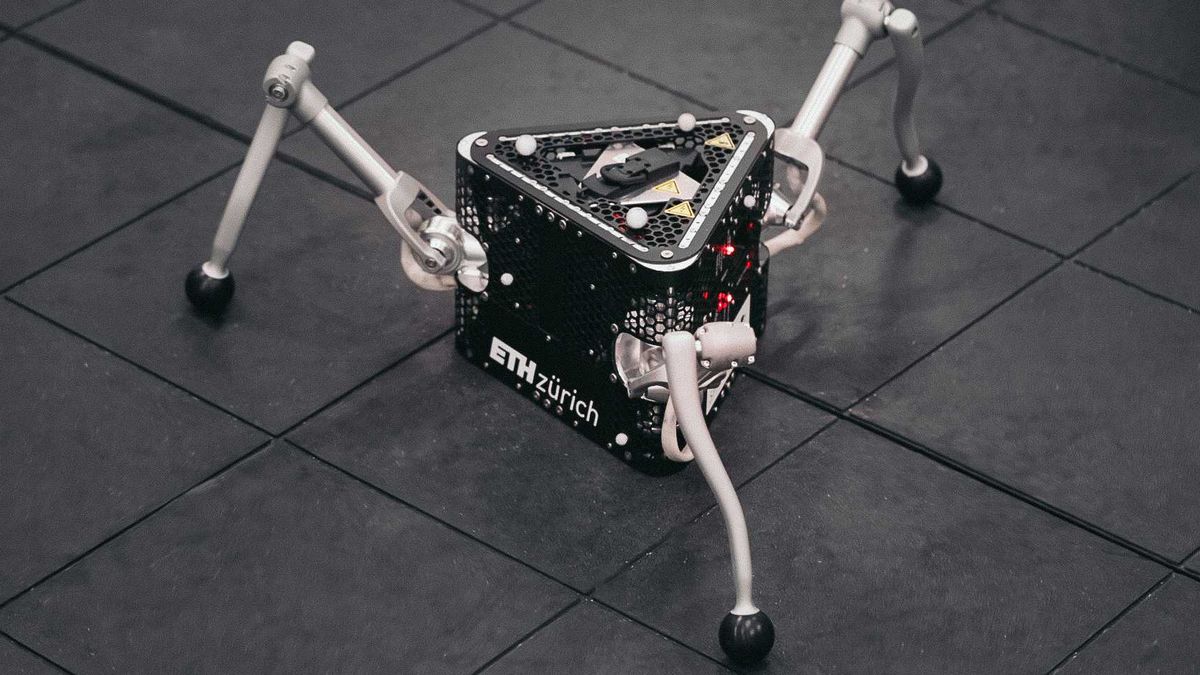The Future of Exploration: SpaceHopper Robot
A groundbreaking development in space exploration has emerged with the creation of SpaceHopper, a three-legged robot designed to tackle the challenges of navigating low-gravity environments on celestial bodies like asteroids and moons. The innovative SpaceHopper program was initiated as a student research project at ETH Zurich university in Switzerland approximately two and a half years ago. Recently, researchers conducted tests on this hopping robot in a simulated zero-gravity setting during a parabolic flight organized by the European Space Agency.
Design and Functionality
SpaceHopper features a unique triangular body equipped with an articulated leg at each corner. These legs are designed with knee and hip joints, enabling the robot to push off surfaces, propel itself through space with kicks, and accurately control its landings within specified zones. The robot’s specialized design is tailored for the exploration of small celestial bodies where gravitational forces are minimal or absent. Researchers believe that space rocks like asteroids hold valuable mineral resources that could potentially benefit humanity in the future. Moreover, studying these celestial bodies offers valuable insights into the origins of the universe.
Challenges in Exploration
Exploring asteroids and moons presents numerous challenges due to the extremely low-gravity conditions. Traditional spacecraft struggle to gain traction on surfaces and maneuver through virtually non-existent atmospheres. In contrast, SpaceHopper utilizes short hops to navigate both upwards and laterally. The recent parabolic flight provided an opportunity for researchers to simulate the microgravity conditions that SpaceHopper might encounter on its future missions. An insightful video captured during the flight showcased SpaceHopper executing coordinated leg movements to remain airborne during periods of zero gravity, which recurred approximately 30 times per flight for durations of 20-25 seconds each.
“The experiments conducted were highly successful, demonstrating SpaceHopper’s ability to reposition itself and perform directional jumps using its innovative leg mechanisms,” affirmed the researchers in a video documenting their findings.
Overall, the SpaceHopper robot represents a remarkable advancement in robotic exploration technology, offering promising prospects for future missions to investigate celestial bodies with precision and efficiency.
Image/Photo credit: source url





